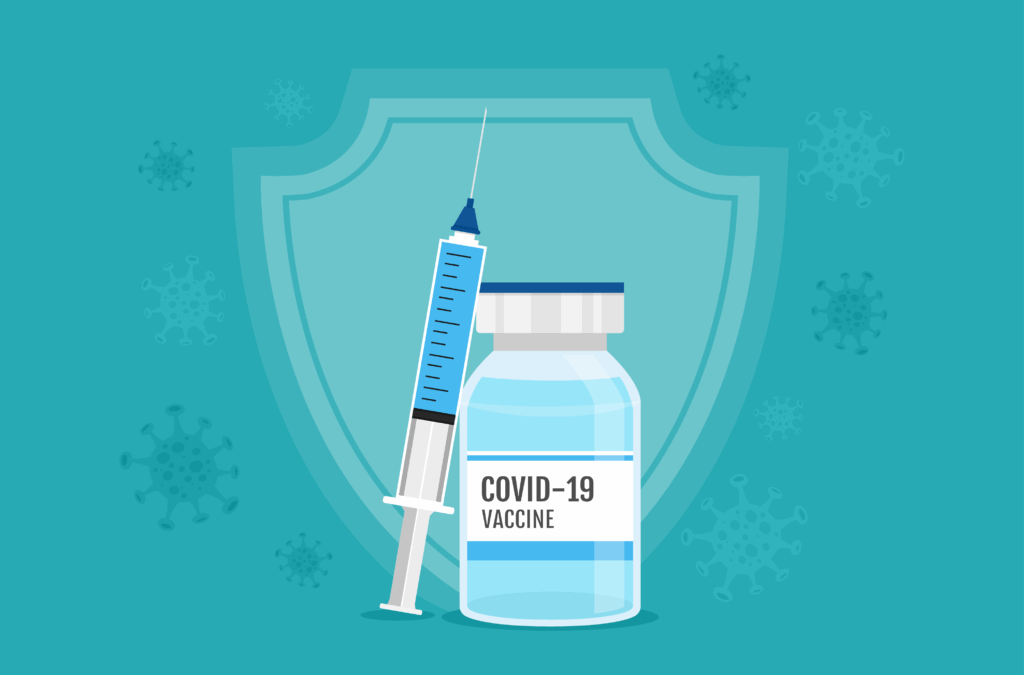
My GLP-1 Journey

Potential TMI alert. If you cringe when reading someone else’s personal health information, go no further.
But here it is: For the last six months, I’ve been sticking myself once a week with a glucagon-like peptide-1 medication to lose weight. My GLP-1 of choice, closely monitored by my physician, is a low-dose Zepbound. As of this writing, I’ve lost 30 pounds. I say my goal is 10 more pounds, the doc says it should be 20. My body mass index has gone from a meh 30 to a respectable 26. She wants it under 25; me too.
I’ve attended scores of broker-client conferences over the last couple of years. I can’t remember one that didn’t have at least a mention—if not an entire session—regarding GLP-1s’ impact on healthcare costs to employers and Americans in general.
GLP-1 medications today are usually covered in corporate health plans to treat Type 2 Diabetes, but not for weight loss. That puts the full cost on the user for that application, and it’s not cheap.
The arguments for and against employer and insurer coverage of GLP-1s for weight loss tend to be short-term pain versus long-term gain. “It’s unfortunately not an easy answer for employers, especially when you’re looking at your year-over-year healthcare cost increases,” said Jeff Eichholz, director of pharmacy solutions at benefits-only Council firm McGohan Brabender, in a recent podcast. “Am I going to be able to take this on for 10 years to avoid hospitalization costs, or an amputation, or something like that?”
I’m not medically indicated and thus not covered. With a coupon discount from Eli Lilly, I pay $650 a month for the four sticks (otherwise it would be $950). I am blessed to have the resources to pay out of pocket. As Leader’s Edge reported last fall, Canadians pay as little as $155 per month for a GLP-1, and Germans pay $50. We Americans have become all-too-blithely accustomed to these disparities in specialty drug costs.
About 20 years ago, I tried out the hardcore Atkins diet. I gave up pretty much all carbs, eating steaks and bacon and other greasy stuff to my (initial) delight. I shed 27 pounds in six weeks. Then I slightly modified my Atkins diet, keeping all the fat and returning to carbs. I was up 35 pounds in the ensuing six weeks. My wife remains the only person I know who has successfully sustained a low-carb diet for decades. She doesn’t know the pleasure of a bun on a cheeseburger, and I don’t think she’s ever tasted a hot Krispy Kreme right out of the deep fryer.
I suspect many people have similar experiences in their own diets. Losing weight and keeping it off is a herculean task, which may be what is driving the GLP-1 market. About 50% of prescriptions for GLP-1s in 2024 were intended for weight loss, according to Fair Health.
The trick with GLP-1s (and the bonanza for the drug manufacturers) is that they’re forever. If I stop poking myself, all the weight will come back. This, too, presents something of a challenge to employers. If you provide the drugs as a company or plan benefit, what happens to those employees when they depart?
I’d love to report that my motivation has nothing to do with vanity. I am indeed concerned about my cardiovascular health, as my dad died at 59 of heart failure, and I have taken blood pressure and cholesterol drugs since my 30s. Some studies have shown that GLP-1 users reduce by up to 44% their risk of hospitalization caused by major cardiovascular events over a two-year period following therapy initiation. But my vanity is there, too. A couple of years ago, some misguided colleague decided it would be fun to hire a caricaturist at the late-night CouncilPAC event at our big annual conference in Colorado. The drawing that jackass produced of me—with jowls a foot wide—hurt my feelings.
All I can convey is my own reasoning and experience in taking a GLP-1 medication, and they are different from person to person. But the specifics have been interesting. Like I’m sure many others felt, I didn’t like the idea of inserting a needle into my belly. The first time I did, I thought I had failed as I felt nothing. It still feels like nothing. My doctor warned me of significant gastrointestinal side effects; aside from a tad of occasional indigestion cured by a Pepcid, that’s been irrelevant. Some studies have shown that cravings of all kinds—drinking, even gambling—are curbed. That seems sort of right to my experience, though gambling is fortunately not one of my vices.
I’m a terrible insurance guy, in that I don’t play golf or tennis, and I don’t hunt, fish, or ski. My hobby is eating nice meals and drinking good wine. I can no longer do a degustation menu. But I’m pleased to report that while my appetite is way down, my palate is just fine.
Aon made a splash earlier this year when it announced a comprehensive GLP-1 weight management program available to all of its employees.
Said CEO Greg Case: “Obesity is an escalating global epidemic, impacting nearly 40% of U.S. adults, contributing to more than 60 chronic conditions and costing the U.S. economy up to $1.72 trillion annually. Addressing this issue is not only a public health opportunity but also a workforce and economic imperative.”
This could be a sign of things to come for insurers, brokers, and employers alike.
That doesn’t mean every experience comes up roses.
Background: You have to do two things with the GLP-1 pen before you stick yourself—take the end cap off (which exposes the needle) and then twist the dispenser mechanism at the top. Watching the season finale of Landman (an awesome series, by the way, but I digress), I realized it was time for my shot. So I did the twist and pulled the trigger. Idiot that I am, I had failed to remove the cap. I looked down, and there was the drug spilling out inside the tube. There went 162 bucks.
Now you know maybe more than you wanted about my weight-loss journey with GLP-1s. Don’t say you weren’t warned. I hereby waive all HIPAA privacy rights.




